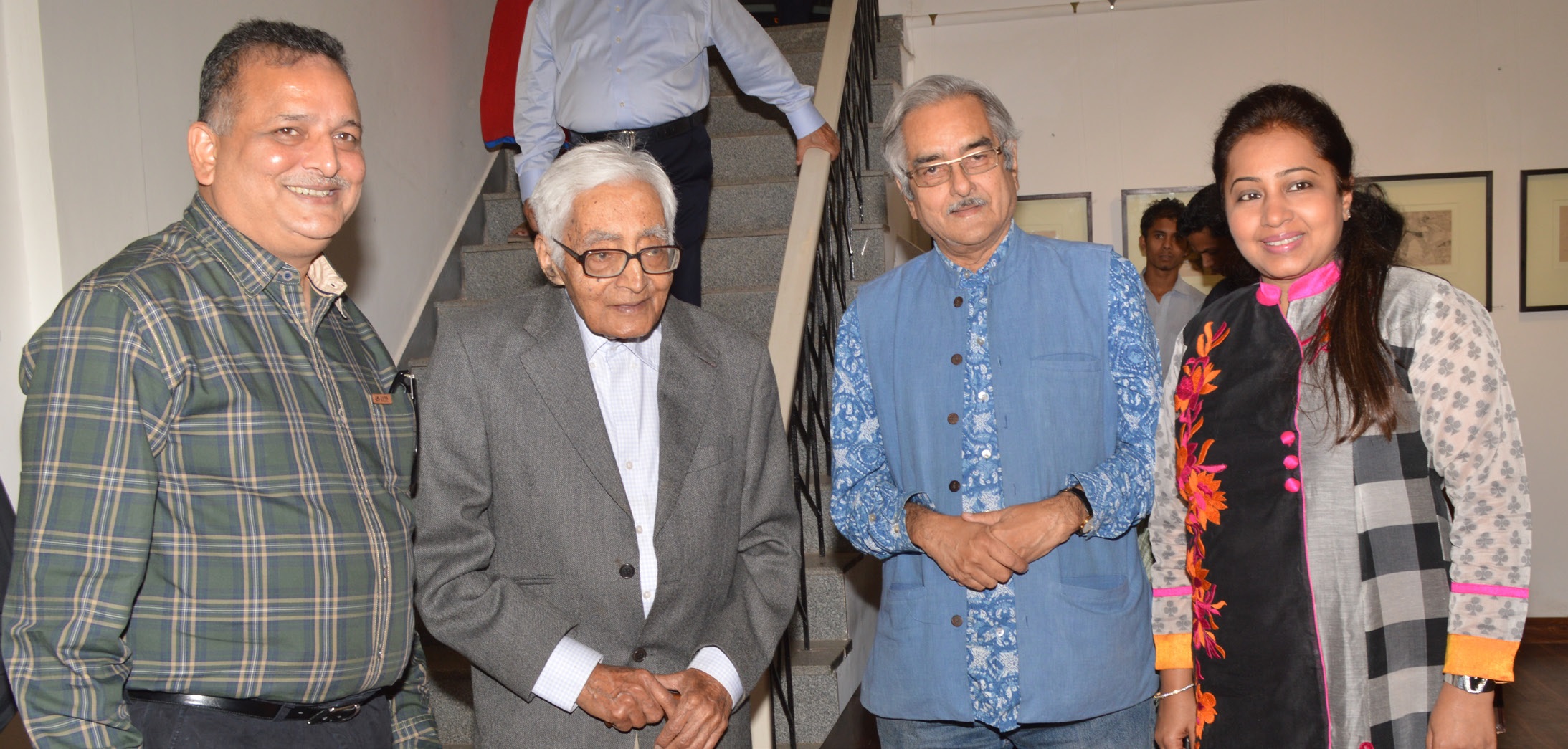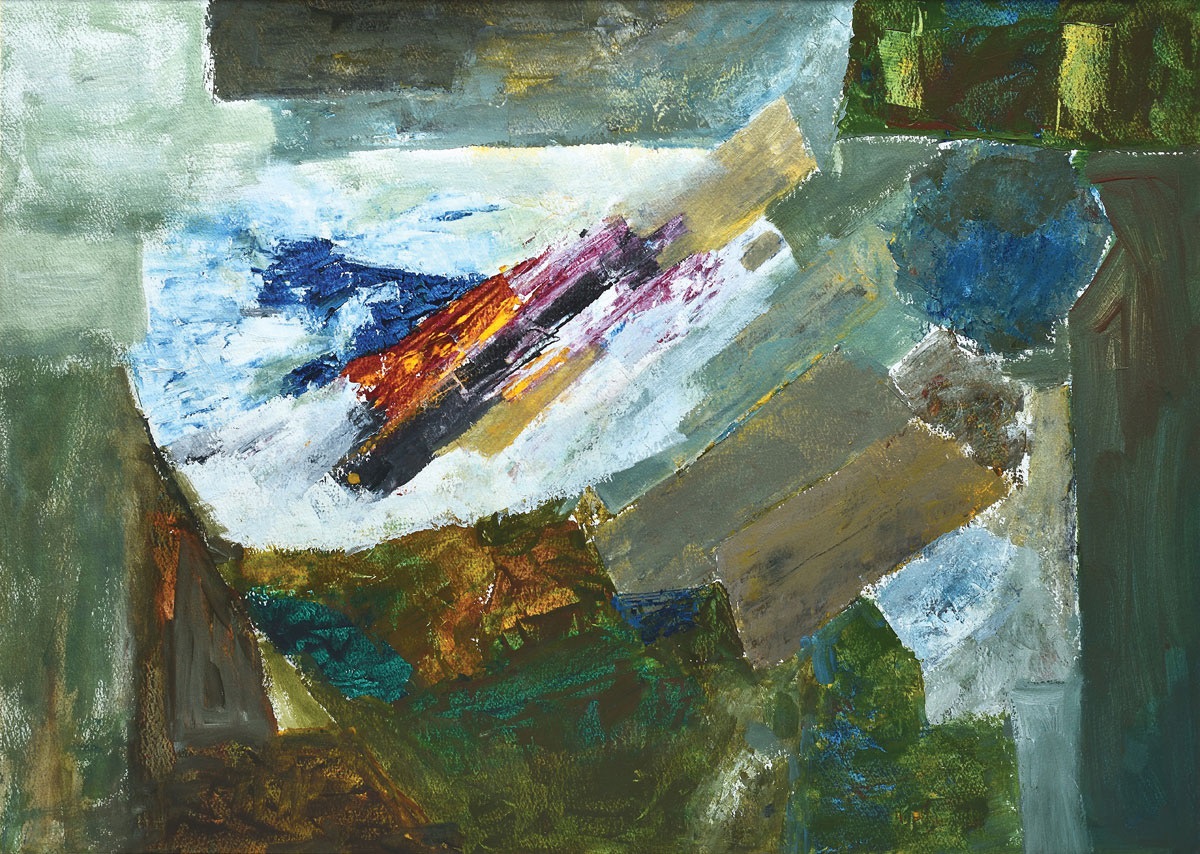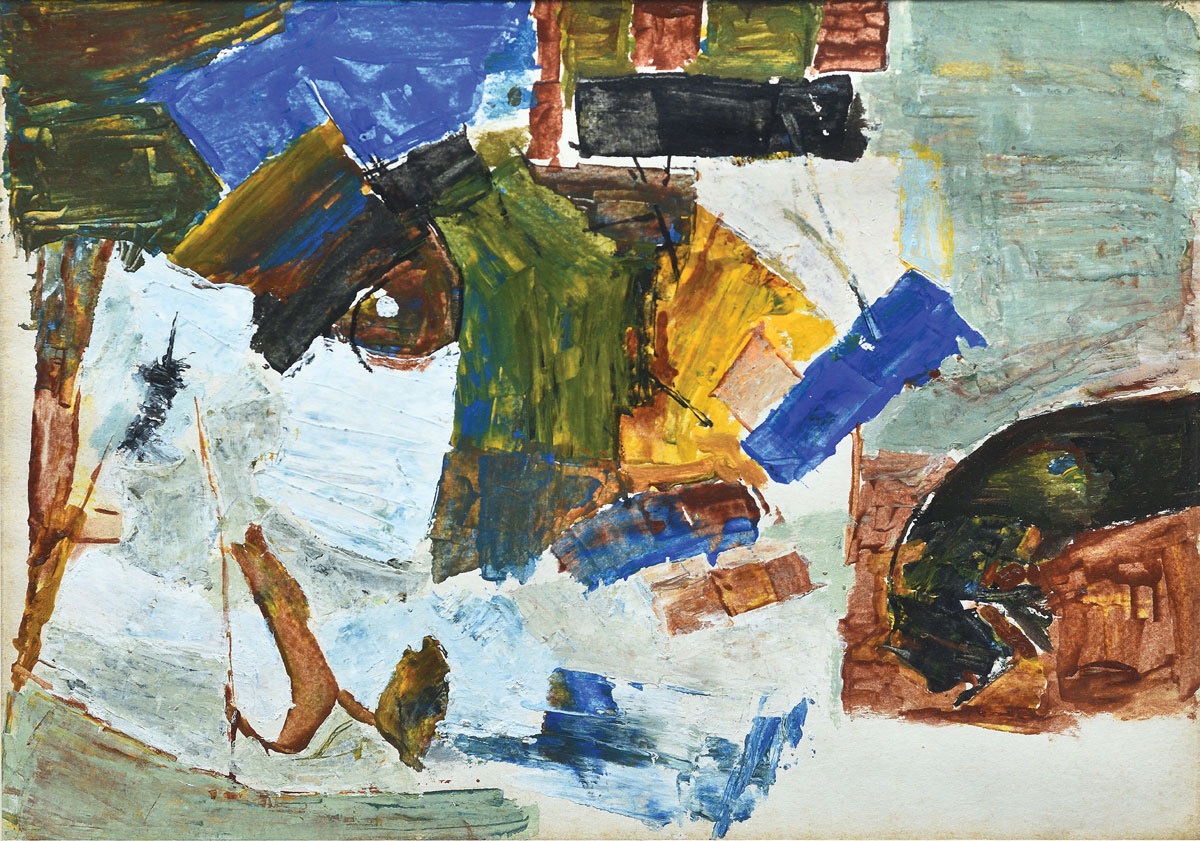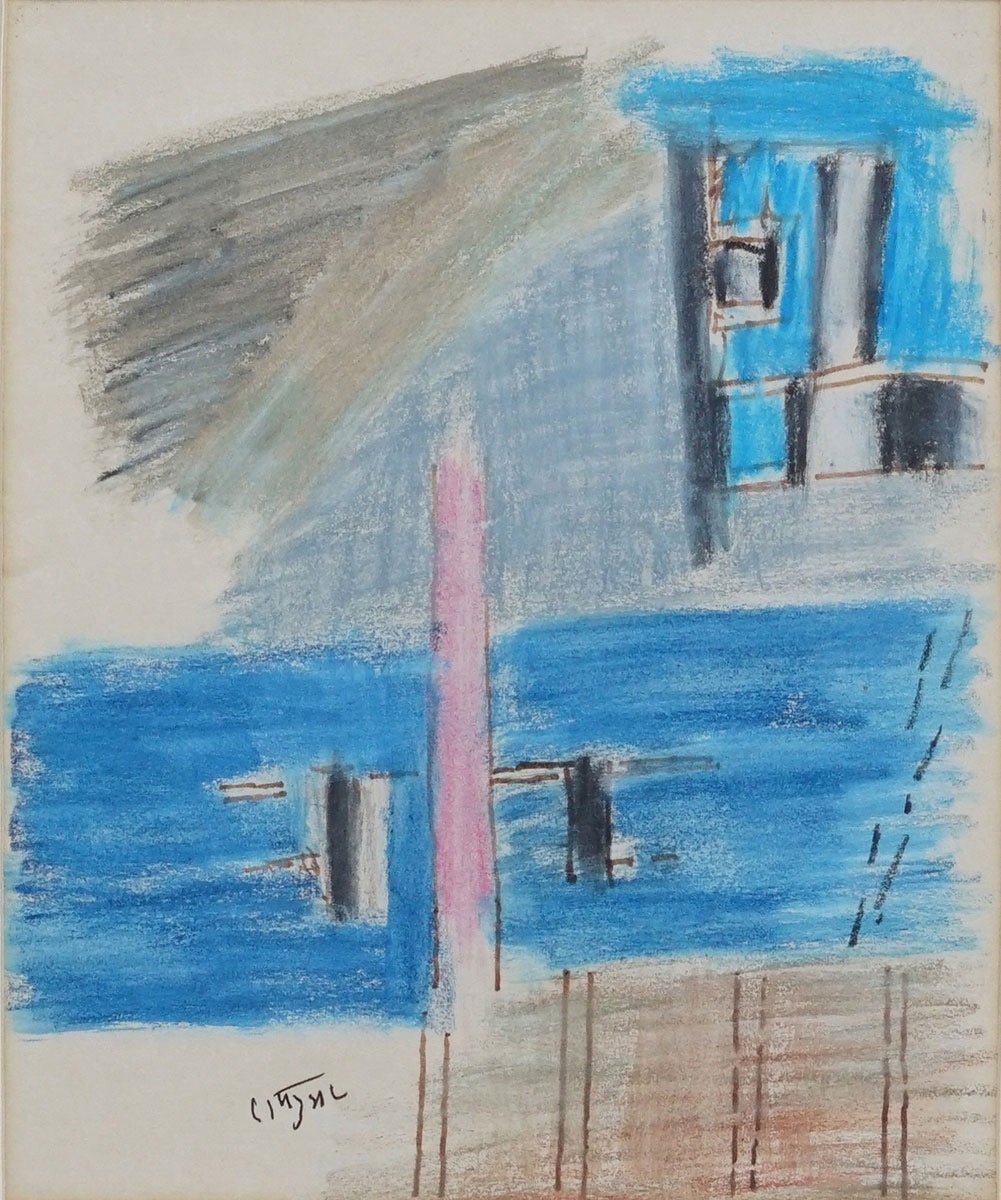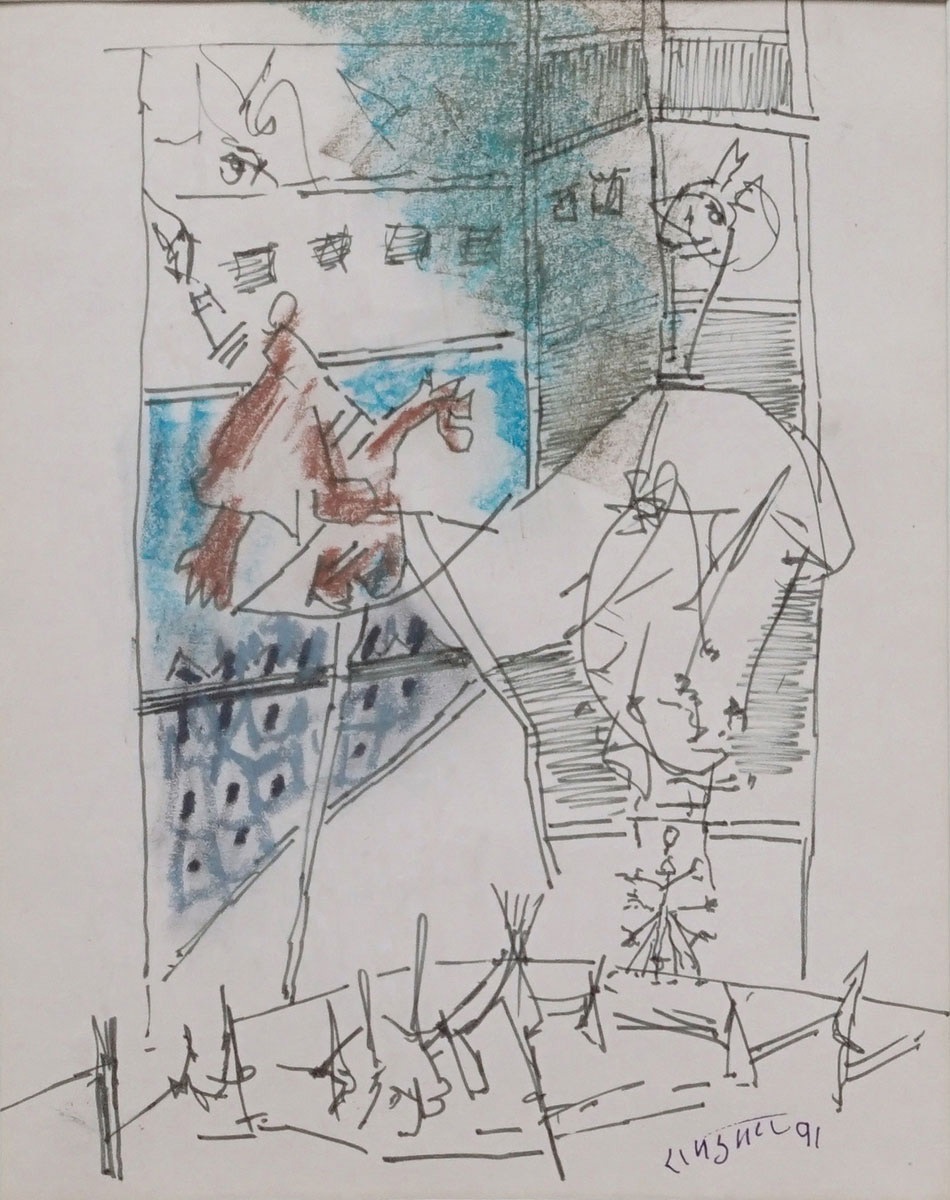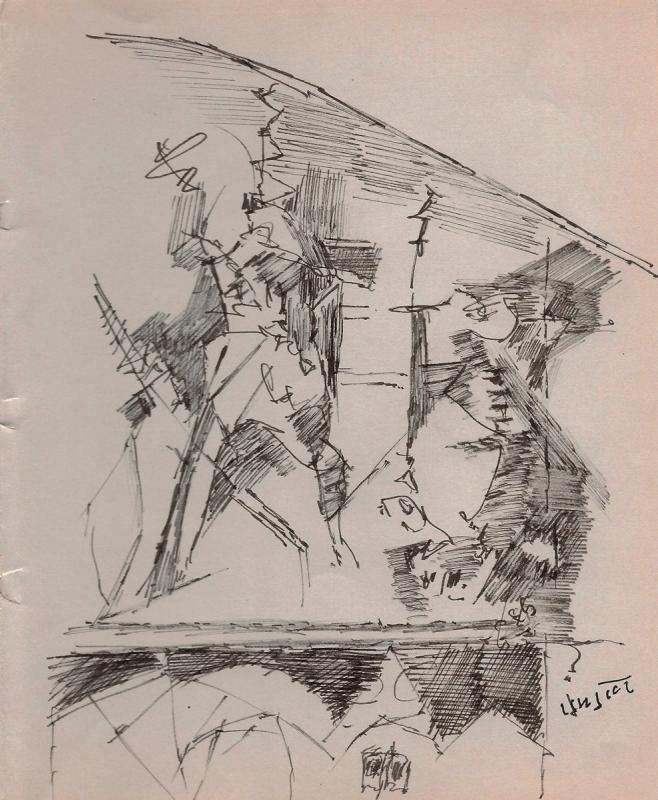News & Blog
Ram Kumar’s Birth Centenary: Honoring a Pioneer of Indian Abstraction
Born on September 23, 1924, in Simla , Ram Kumar’s life journey took him from the realms of economics to becoming one of India’s most prominent modernist painters. After completing his master’s in economics at St. Stephen’s College, Delhi University, he explored his passion for art through evening classes at the Sarada Ukil School of Art. Here, under the guidance of Sailoz Mookherjea, he learned the ‘Western style’ of painting, setting the foundation for a career that would see him transform Indian art.
In 1949, Ram Kumar moved to Paris to further his artistic education under the tutelage of André Lhote and Fernand Léger. This exposure to European avant-garde movements deeply influenced his work, prompting his eventual shift from figurative painting to abstraction. Ram Kumar was among the first Indian artists to embrace abstract art fully, setting him apart in a predominantly figurative artistic landscape. His association with the Progressive Artists’ Group (PAG) in Bombay, alongside luminaries like M.F. Husain, S.H. Raza, and F.N. Souza, marked a period of profound artistic exploration that sought to break free from traditional Indian art forms and embrace modernism.
Aakriti Art Gallery has played a pivotal role in celebrating Ram Kumar’s legacy, hosting several exhibitions that showcased his evolution as an artist. These exhibitions, curated by his long-time associate and art critic Prayag Shukla, included “Ramkumar Lines and Colours” in 2016 and “Drawings from the 60s” in 2014 and 2015. Shukla’s deep understanding of Ram Kumar’s work allowed him to present retrospectives that captured the essence of the artist’s journey, from his early figurative works to his mastery of abstraction. Through these retrospectives, Aakriti Art Gallery offered a platform for audiences to engage with the thematic richness and emotional depth of Ram Kumar’s art, highlighting the fluidity and organic nature of his abstract landscapes. Ram Kumar’s abstract works are known for their evocative use of color, texture, and form. His art moved beyond the constraints of geometric abstraction, favoring a more fluid and dreamlike representation of landscapes. The spiritual city Varanasi, with its timeless ghats and the Ganges, often served as an inspiration, allowing him to express a deep spiritual connection to nature and the divine. His works evoke a contemplative space, drawing viewers into a meditative state where the transient beauty of nature and the subtle emotions of the human soul come to the forefront. His journey to abstraction was not merely a stylistic change but a profound philosophical exploration, capturing the essence of existence through his visual language.
Throughout his illustrious career, Ram Kumar received numerous accolades, including the Padma Shri in 1972 and the Padma Bhushan in 2010, recognizing his immense contribution to Indian art. His works have been exhibited worldwide, with notable retrospectives at institutions like Vadehra Art Gallery and Queens Museum. These exhibitions have celebrated his transition to abstraction and his ability to blend Indian sensibilities with modernist techniques, creating a unique and timeless visual narrative.
As we mark Ram Kumar’s birth centenary, it is a moment to reflect on his enduring legacy. His transition from figurative art to abstraction broke new ground in Indian art, inspiring generations of artists to explore the depths of abstraction and emotional expression. Through his masterful use of color, texture, and form, Ram Kumar’s art invites us to reflect on the beauty and complexity of life, making his centenary not just a celebration of his birth but a tribute to the timelessness of his artistic vision.
-Vikram
